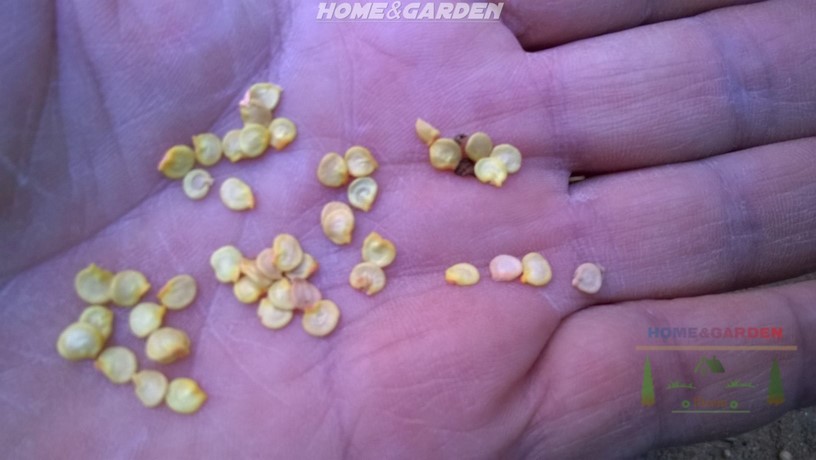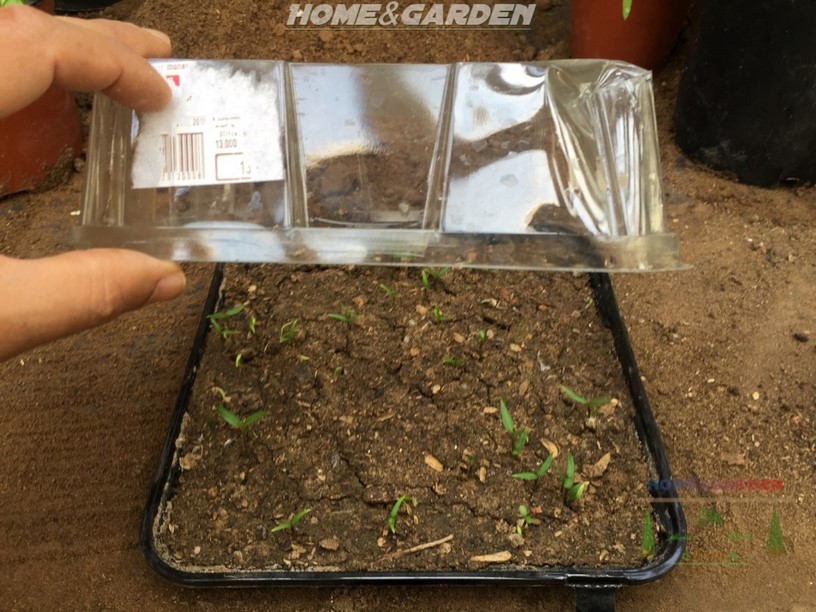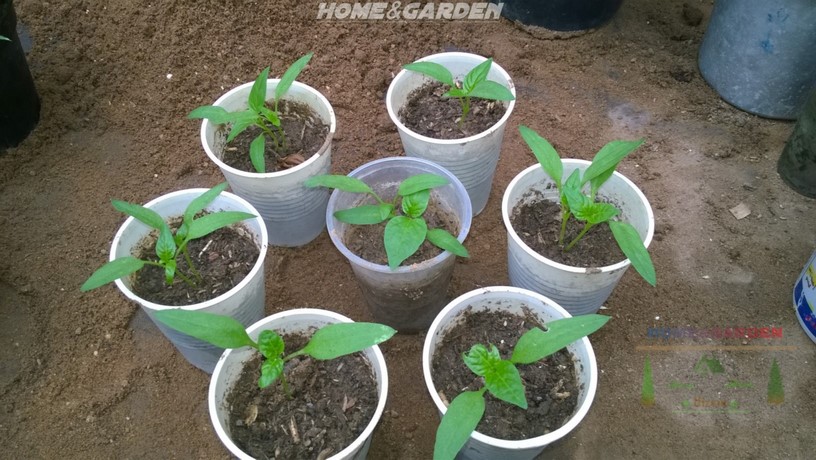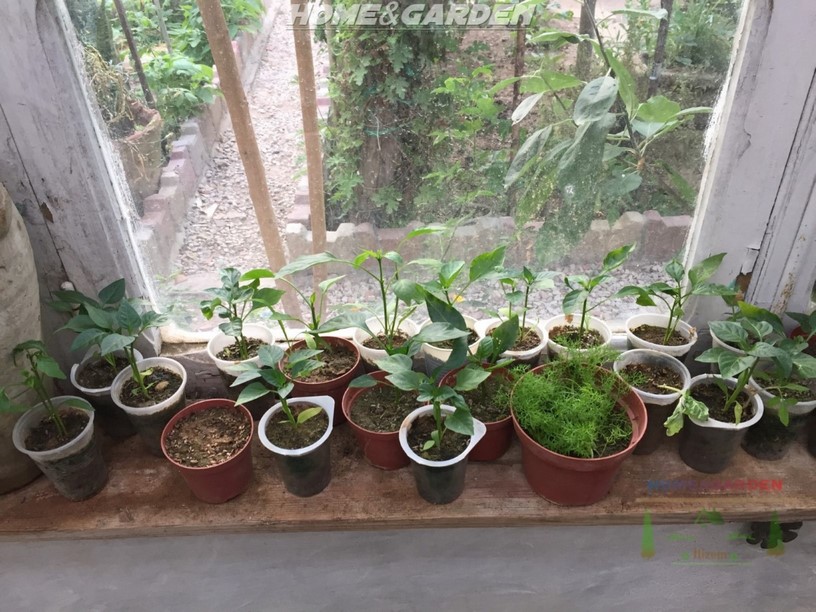S(caps)tarting bell peppers from seed indoors requires a certain amount of patience. The willingness to dedicate time to nurture that seedling, and care for it as it matures, can reward you with healthy, robust, prolific plants and amazing fruits for your patience.
Table of contents
Starting Bell Peppers Indoors
Starting bell peppers indoors can be a challenge for beginners, but it’s actually so easy. In this post, I am going to show you exactly step by step how to start bell peppers from seeds indoors, how to transplant pepper seedlings and care tips!
Starting your own bell peppers from seed can be very rewarding. As bell peppers need warm temperatures and a long growing season. Start indoors 5–8 weeks before last frost in your area.
Bell Pepper seeds require moisture and warmth to break their dormancy and sprout. Dormancy is the seed's built-in survival mechanism which prevents seeds from germinating in cold conditions, which would kill the young seedlings.
Soak The Seeds
Pour your pepper seeds into a small plastic cup and fill it with warm water. Leave the seeds to sit for two to eight hours, until they sink to the bottom of the cup.
How to sow bell pepper seeds
1. Fill a disposable plastic seedling tray with good quality of soil.
2. Sow your bell pepper seeds indoors 1 cm (½”) deep and keep the soil as warm as possible, 27°C (80 °F) is good. Cover your seeds with soil, then gently press it down to make sure that the seeds come in contact with the soil. Don’t compact the soil though, just gently press it down!
(ads1)
3. If the soil is not already wet, then you should add water. It’s best to water from the bottom, so you don’t disturb the seeds. Don’t over-water the pepper seeds, as this can cause them to rot or cause damping off.
4. Cover the plastic tray. The purpose of covering is to keep the moisture in the starter soil from evaporating. Place the seed tray in a warm location. Bell pepper seeds germinate best when the soil temperature is at 70 degrees Fahrenheit (21 degrees Celsius) or higher.
8. In about 2 weeks, when the first true leaves begin to form, carefully separate the seedlings and transplant each strong and healthy seedling into larger cups once they are about 3″ with their first set of true leaves. Always use a well-drained growing medium in the pots.
Transplanting Bell Pepper Seedlings
8. Keep the seedlings warm and well-lit. The ideal temperatures range between 70 and 80 degrees Fahrenheit (21 to 27 degrees Celsius).
(ads2)
Remember that bell peppers need plenty of light to grow.
Move the seedlings to a sunny southern window until you can transplant them into the garden. Don't set out your pepper transplants until night temperatures average around 55-60 degrees F. Wait to transplant them until all chance of frost is gone, and the soil has warmed up!Hardening off Bell Pepper Seedlings
Watch starting pepper seeds indoors video
Please let us know your thoughts, experiences, or questions in the comments below. If you like this, you can share with your friends!
This web site is a participant in the Amazon Services LLC Associates Program, an affiliate advertising program designed to provide a means for sites to earn advertising fees by advertising and linking to amazon. Some of the links to products on this site are affiliate links. These are products that I've used or recommend based from homesteading experience. I do make a small commission (at no extra cost to you) from these sales.(alert-warning)
(full-width)























